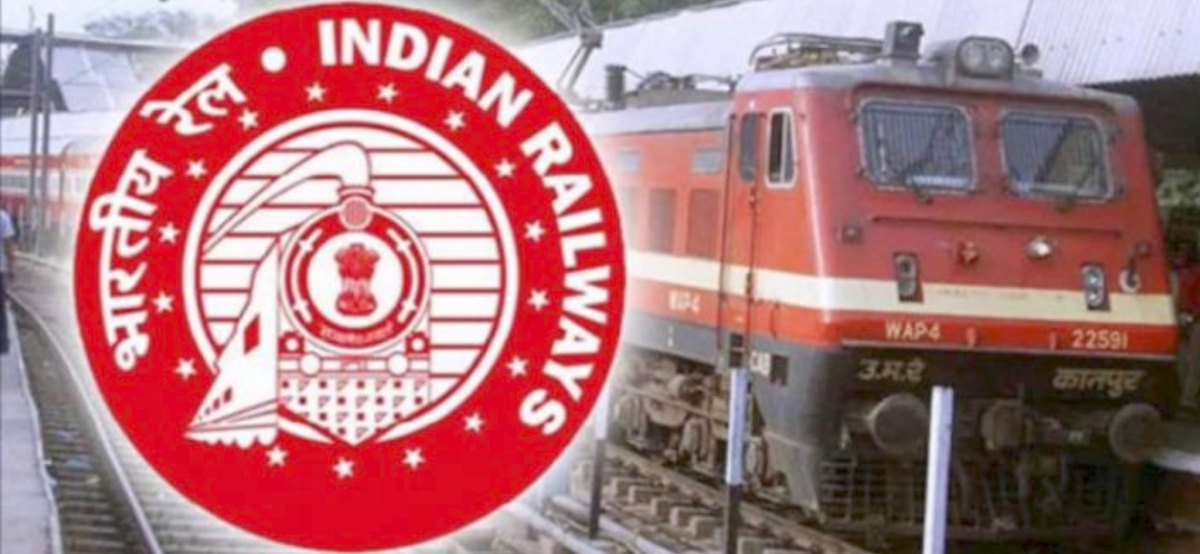The fact is that both are confusing and misguiding the public and the country, and the big fault in the whole planning
Trains are not vehicles on roads to lose their way! Trains don’t have steering wheels, routes are set from control centers through stations and that’s how trains change tracks. (Remember movies, where a leg gets stuck before an approaching train?!)
So, what’s actually going on? ‘Train jams’ or congestion. First cause are the terminals. The destination states are not fully geared to handle the 2 lakh inflows per day — taking longer time for deboarding, screening the passengers, taking down their details, leading them to buses for their hometowns.
Each Shramik train is taking 3-4 hours at a destination station. This further chokes up routes when there are more than 4-5 trains to be received at a station as all deboarding should happen in the day time, due to night time curfews.
When some locations take more time than planned => trains in the pipeline take a hit as they may be forced to reach the next day.
This causes another problem. No fans running in the coaches after a while. Why? because Electricity in trains is generated only when they are on the run — and the batteries have a capacity of about one hour. Imagine the condition in this heat.
So what is the solution? To keep trains running on alternative and often longer routes? No this is not a proper solution but only face saving by the Railway Administration. Instead of longer route, diversion must be in shortest route, as always followed in the past.
There is indiscriminate planning without concern for network capacity, especially when 80% of trains are terminating in UP and Bihar. Trains follow each other with a minimum gap of about 15 minutes for safety. So across any point, 4 trains per hour × 24 hours = 96 trains can run at the maximum. Leaving aside a few slots for freight and parcel trains carrying essential goods, we are left with about 70-80 slots for Shramik trains per day, whereas 100+ are being run towards a single direction.
Unfortunately, two origin states don’t coordinate with each other and plan where to send based on the flows towards a destination on a particular day. And given that the receiving states don’t need to give consent anymore, origin states are sending trains to particular destinations en masse without consideration of what happens once they send off a train, often several hours later than the schedule given by railways.
Here the big question is, why Railway Authorities accepted the origin State’s send off the trains? Why Railway Admin not refused that send off when they have no traffic capacity? Why Railway admin have not send off these teains alternate days or scheduled proper gap in between the trains? The fact and the conclusion is that both – Centre and the States – are confusing and misguiding the public and the country both, and the big fault in the whole planning as well.
*With inputs from social media


